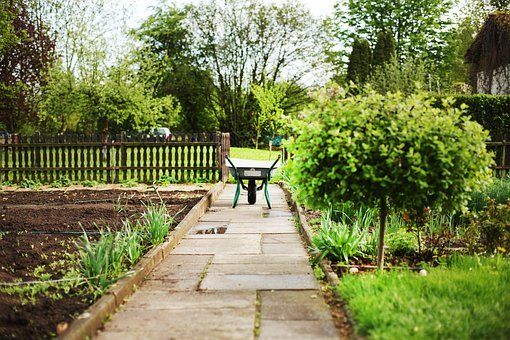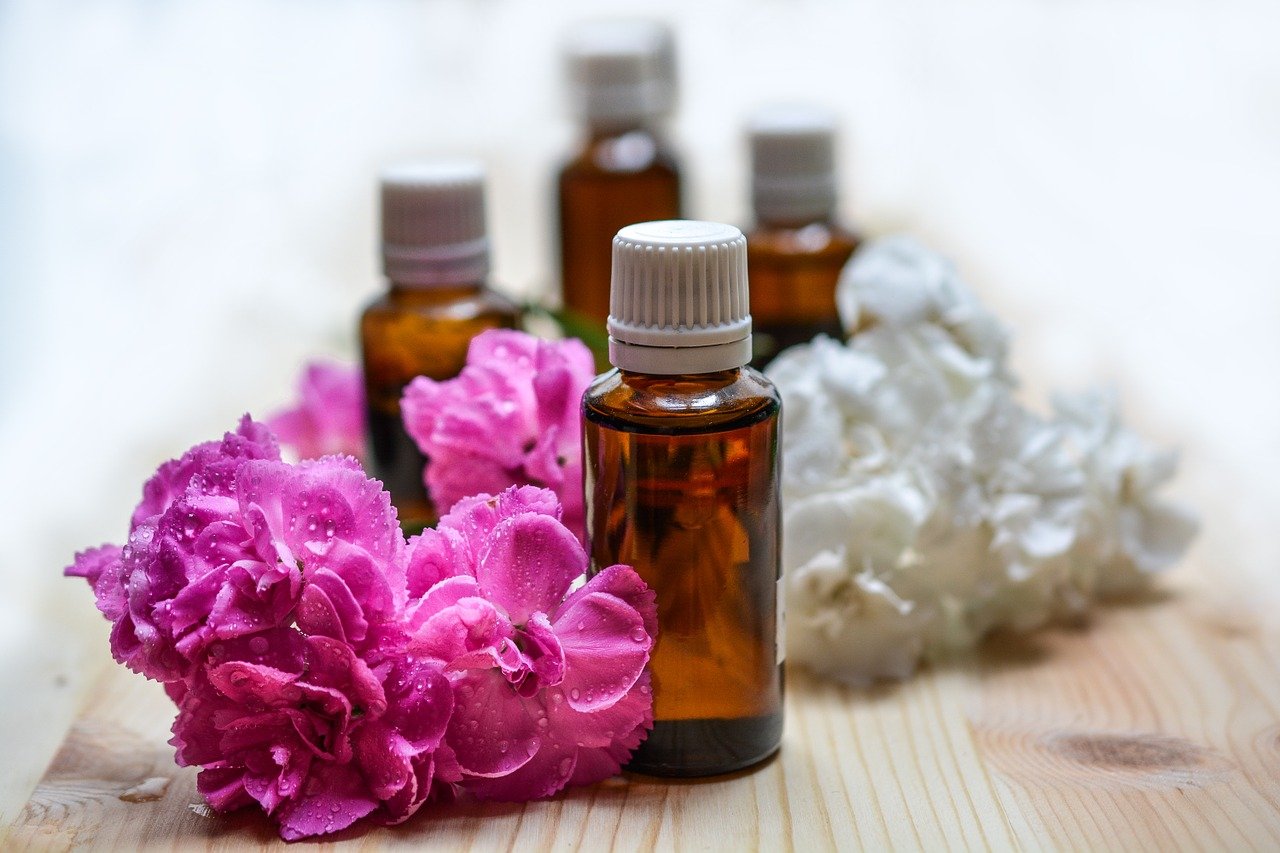Home gardens are becoming more than just a retreat from indoor life – many people are choosing to grow their own fruit and vegetables from the comfort of their backyard.
The benefits of growing organic crops for your own consumption are well established. Harvesting your own crop reduces your environmental impact, encourages diversity in your garden, and promotes a healthy lifestyle and diet.
However, with limited room to both grow produce and enjoy your own personal space, finding clever solutions to do both is essential in creating a perfect balance between the two.
With this in mind, we’re discussing the best practices to establish your own growing spaces in your garden, the best crops to grow, and how to harvest the best results every time – often using some unconventional methods. For tailored solutions and professional guidance in transforming your outdoor space, consider visiting Michaelangelo’s landscape design for expert advice.
Vertical gardens raise the standard
For those living in small, terraced houses, walled gardens are the most common form of backyard. With an already limited space to enjoy the outdoors, a vertical garden is the quintessential addition that your garden needs to flourish and exercise your green fingers.
The premise is simple – an upright framework of plants that benefit from direct sunlight from the moment of sunrise and profit from a heat-retaining wall to promote healthy growth and easy access. They also look amazing! By taking the time to find the right professionals, like the Retaining Wall Contractors Albuquerque, for your vertical garden project, you can ensure a smooth and successful outcome.
There are some options that need to be considered when building a vertical garden, including where to put your wall, what to grow, and how to maintain it. We’ve outlined some expert advice for these issues below:
Sunny-side-up
If possible, the best direction for a vertical garden to face is south. This will guarantee that your plants will get the full benefit of the summer sun. A south-west or westerly facing wall is also suitable when planting in containers.
While your outdoor space may be limited, the benefits of securing a space for growth in direct sunlight is evidential – light through a window usually reduces the effectiveness of sunlight by 50 per cent. This means that the effective growth rate of plants is much greater outdoors and in direct sunlight, therefore producing a higher rate of growth and potentially higher yield at harvest.
What and how to plant
There are numerous options to consider when selecting which crops to grow in your garden. Of course, choosing the fruit and vegetables which will be of most use to you is an obvious requirement – food must be for eating, not just decoration. However, you may want to consider the placement of certain crops in certain positions of your garden and the hierarchy of plants for your vertical garden.
For example, cucumbers and aubergines usually require a greenhouse to begin sprouting. However, when burdened with a limited space, a dedicated outhouse for growing is not a viable option. Instead, the base of a wall can provide a similar greenhouse effect – utilising the heat-retaining characteristics of brick and mortar. Using a vertical garden would also provide some protective shelter, so delicately sprouting products will stand a better chance near the bottom.
Perfect for the barbeque season, salads perform very well in containers or vertical gardens and produce a leafy and colourful backdrop to garden parties. The maintenance of salad plants, including lettuces and radishes, is also made easier by using containers and a vertical garden. These vegetables are magnets for pests and weeds, but their easy access can make them yield great results – even in winter months. There is nothing more impressive than pulling a fresh salad from your own garden wall.
Of course, there are many other easy-grow options to choose from when picking the best crops for your garden. In vertical gardens, bush tomatoes such as Tumbling Tom Red and Tumbling Tom Yellow perform particularly well. Leafy herbs such as oregano, parsley, and rocket also achieve significant growth. At easy reach, they are obvious choices to begin your growing journey.
However, good growth is reliant on good materials. Ensuring that you water your plants regularly and even using a cheap topsoil will encourage significant growth. The materials that you use when planting your fruit and vegetables has a significant impact on the rate of growth and quality of the food it produces, and benefiting from inexpensive products allows you to make significant savings on your weekly supermarket sweep.
There has never been a better time to start growing your own fruit and vegetables. While the health and environmental issues are hugely beneficial – including the increase of a better diet and the reduction of transporting natural harvest around the country – you’re also saving money by investing a little into your own agricultural area. A study from 2011 found that working with soil activates the release of serotonin in your body – the happy hormone – which boosts your mood and helps to reduce anxiety. It’s easy to agree that during these uncertain times, growing our own food should be an essential part of our lifestyles.







